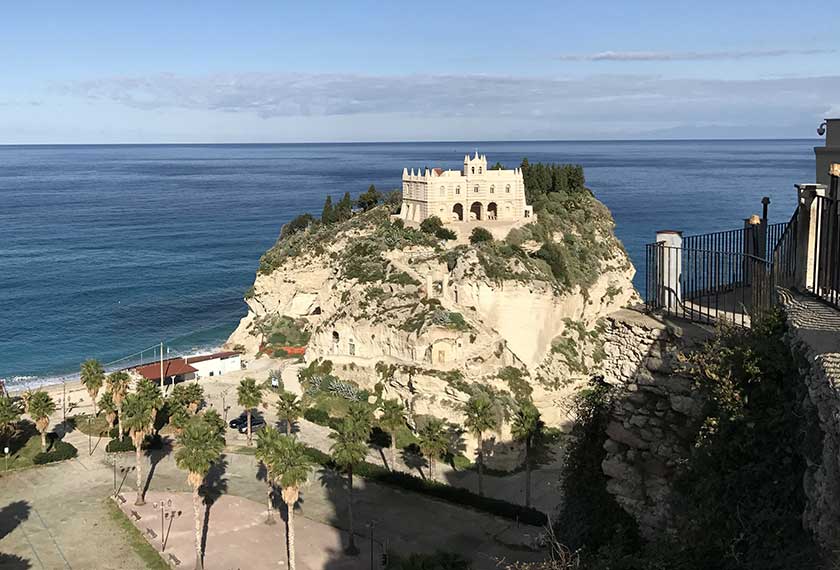Vibo Marina is a fraction of about 8,876 inhabitants in the municipality of Vibo Valentia in Calabria, located on the Tyrrhenian Sea in the Gulf of Sant'Eufemia. The territory of the hamlet corresponds with the fourth district of the municipality of Vibo Valentia.
In the locality of Trainiti, not far from the nearby Portosalvo, in the Neolithic there were already landings for the obsidian trade, with the Greek colonization in the same place, the port of Hipponion will be built between 294 BC. and 289 BC it will be strengthened by Agatocles who had conquered the polis. In Roman times, the further enlarged port was used as a naval base during the Punic, Macedonian and civil wars. In the 6th-7th century it was still active as evidenced by the letters of San Gregorio Magno to the bishop of Vibona; in the locality of Trainiti the remains of the ancient port are visible on the surface of the water, in particular the wall that extends for about 500 meters from the coast. In the town of Vibo Marina instead, there was a minor docking, with a settlement. The inhabited area of the port stops being frequented in the 7th century, life will resume in the 11th with the Normans.
The first settlements of the modern urban nucleus date back to the early 19th century, when vessels and boats connected to the numerous tuna fishing activities moored at the Bay of Santa Venere (numerous active traps present along the Vibonese coast called "Costa degli Dei" ) and the marketing of timber from the nearby Serre. The subsequent construction of a pier, immediately after the unification of Italy, implemented the allocation of several families who then formed the first community. The arrival of the railway (in 1889) and the construction of further port infrastructures accelerated the process of urban and industrial growth that saw its peak around the 50-60s of the last century. The presence of numerous industries (Nuovo Pignone, Italcementi, Snam, Agip, Meridionale Petroli, etc.), gave a glimpse of the mirage of an industrialization that was to bring and spread well-being. It was only an illusion that left the territory strewn with industrial warehouses prostrate to the detriment of tourism that never took off.
Vibo Marina was originally called Porto Santa Venere and a legend has it that the name was given to it by a local fisherman who discovered on the beach the statue of a woman lying down and identified with Santa Venere. The statue, actually a Roman copy of sleeping Ariadne, is placed on a base at the intersection of Lungomare Cristoforo Colombo and Corso Michele Bianchi.
The ancient name of Porto Santa Venere was then changed starting from 1931 (the first document in which this name is reported) in Vibo Marina (the capital had changed its name from Monteleone Calabro to Vibo Valentia in 1928).3
(ByWikipedia)
https://www.palazzomarzano.it/index.php/en/vibo-marina#sigProId723423150f
(Photo Pasquale Marcellini)









